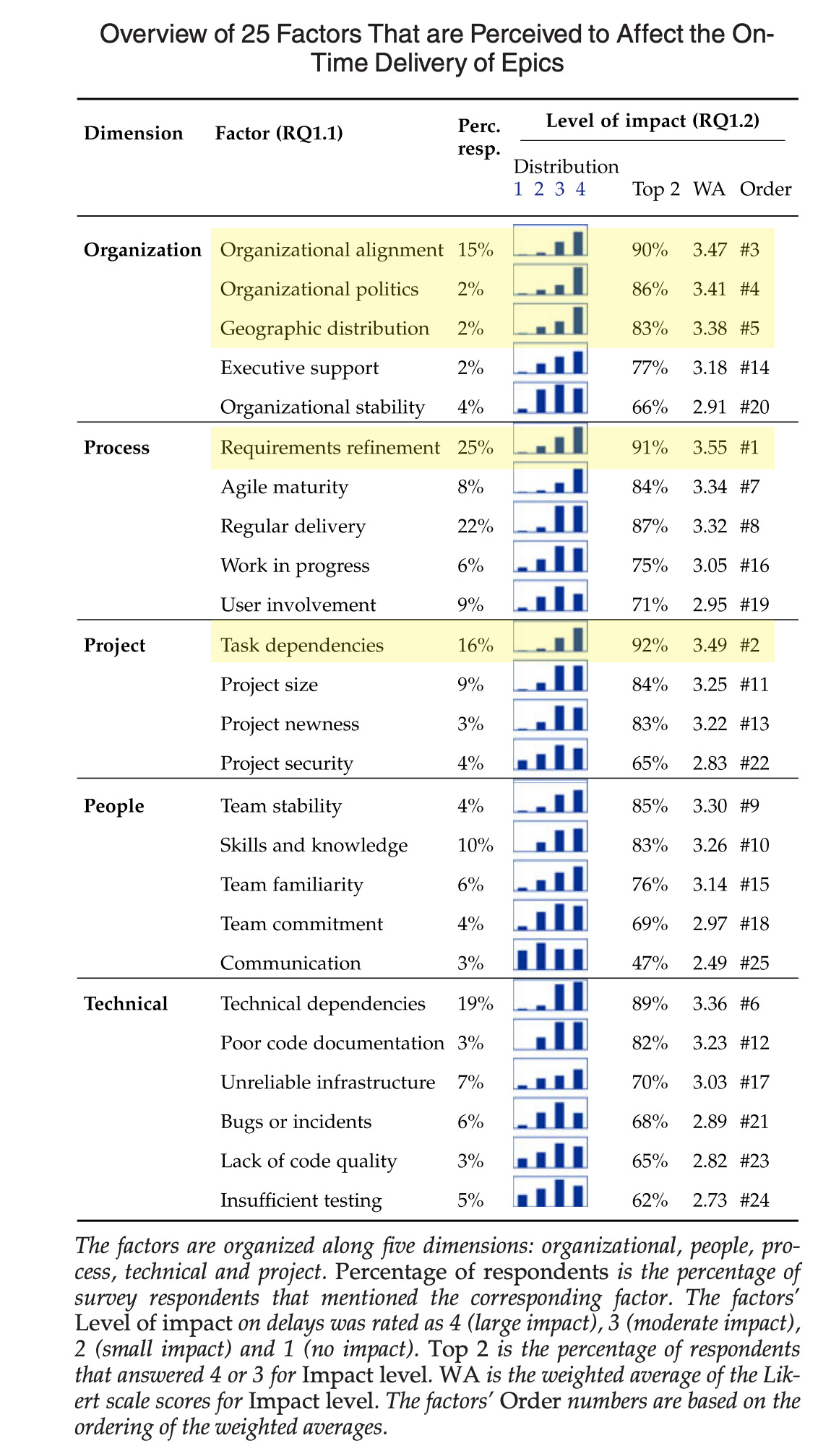Today I want to explore a tech company cost savings technique that I first observed in 2003, while working in FinTech in the United States:
Hiring developers in lower-wage countries to decrease labor costs.
Now that COVID has ushered in a consistent WFH culture, our workplace is quickly becoming more geographically distributed, further opening up the opportunity to hire in lower-wage countries (LWC). From my experience, the desire to hire in LWC usually originates from executives’ desire to lower labor expenses, especially when the market conditions are poor and impacting the bottom line. This seems logical right? Perhaps, but there is a hidden cost that can destroy that labor savings, if not done thoughtfully. That hidden cost is slower software delivery.
You might want to hire in low-wage countries to lower your labor costs, but you may be putting at risk team productivity, thus resulting in slower software delivery.
Factors that slow down software delivery
Let’s face it there are a LOT of things that can impact team productivity and on-time software delivery. Let’s step back for a second and look at the research on Factors Affecting On-Time Delivery in Large-Scale Agile Software Development. When you have some time, read through it, it’s pretty satisfying to see data that is historically pretty hard to quantify. To keep things moving here, I’ve highlighted the top 5 factors that affect delivery from a table in the research findings:

To simplify, the top 5 factors that cause software delivery delays are:
Requirements refinement
Task dependencies
Organizational alignment
Organizational politics
Geographic distribution of teams
Note that Geographic distribution of teams comes in at #5, which certainly isn’t helping to justify saving money by hiring in a LWC. But why?
An example of time zone differences
Considering that data, let’s get back the topic of extending your U.S. based team to include LWC. These days, LWC that have tech talent available to the U.S. are primarily in EMEA and South America. The problem is that iff your existing team is located in the United States, there can be a significant difference between these two time zones.
The geographic distribution coupled with large time zone difference is where things start to get messy for a team.
To help illustrate time zone difference impact, let’s define a hypothetical team situation:
A team in Texas works from 9 AM - 5 PM.
The team in Texas (UTC-6) wants to hire a software developer in Ukraine (UTC+2) due it being a LWC.
Texas is 8 hours behind Ukraine. If the Texas team starts the day with a standup at 9 AM, it is 5 PM in Ukraine.
In this extreme but realistic example, the glaring problem is that Ukraine’s 9-5 workday is ending when Texas’ begins; there is no overlap in their workday to spend time together as a team.
Time zone differences can cripple teams
As you see in the Texas and Ukraine example, when you have large time zone differences, you have a reduction in overlapping working hours between the individuals in the two countries. When this occurs the team has to start dealing with burdens such as:
Lack of overlapping meeting availability.
Delayed decision making.
Delayed task dependency resolution.
Work-life balance concerns, due to nontypical workday schedules.
Risk of isolation for the non-US employee.
Reduced team cohesion.
These burdens WILL impact speed and efficiency of what a team can deliver. If you spend a hot minute thinking about the the above burdens coupled with with the top 5 factors for delay, you can start to see that a lack of overlapping time between the team members is going to introduce serious time delays. A simple example being that you have a question and then having to wait until the next day to get that answer. Over and over and over; these delays add up.
When are time zone differences tolerable?
Is there a way to utilize LWC and organize the team so that team productivity is tolerable? Perhaps, a few conditions to consider are:
When the whole team works in the low-cost region.
When there is an 3+ hour overlap of working hours between the regions.
When the people in the low-cost region work during U.S. hours.
When the work has very little dependency on the U.S. team.
When the person in the low-cost region have senior experience.
When deadlines are less important.
Things to consider before hiring in a LWC
If you have to hire in a LWC, here are a few things you can do to minimize the impact:
Target countries that have at least a natural 3 hour overlap with the team’s workday, that way you have ~1/2 the day for meetings and collaboration.
Put the desired team time overlap (e.g. 3 hours; 9AM-12PM) in the job posting. Being explicit upfront will set expectations right out of the gate.
Ensure your product, epic, story requirements are always detailed and documented. This prevents less back and forth.
Visualize all of the work the team is doing (planned and unplanned). This ensures that everybody knows about ALL the work being done by the team and will reduce confusion and back-and-forth conversations.
Have the team update story and task status at the end of each day. This paper trail is invaluable to those trying to understand the state of the story/task when teammates aren’t available.
Publish a list of blockers/dependencies/ needs at the end of each workday. This list is something the “next shift” can focus on clearing to keep the whole team productive.
Ensure that the team is discussing and breaking down the work in the planning meetings. This collaboration will shake out questions and thoughts right away instead of surfacing later, and then having to wait on an answer.
Ensure the team is doing retrospectives, minimum bi-weekly, and talking about how they can improve delays/wait-times.
In conclusion
Hiring developers in lower-wage countries (LWC) can be an appealing cost-saving strategy, but it comes with potential pitfalls that must be navigated thoughtfully.
Time zone challenges quickly expose the top 5 factors that cause software delivery delays. However you can proactively mitigate these factors by targeting countries with a reasonable time zone overlap with the rest of the team, and being explicit about workday collaboration time. Doing so can mitigate the impact of meeting availability, decision-making, task resolution, work-life balance, team cohesion, and overall efficiency.







